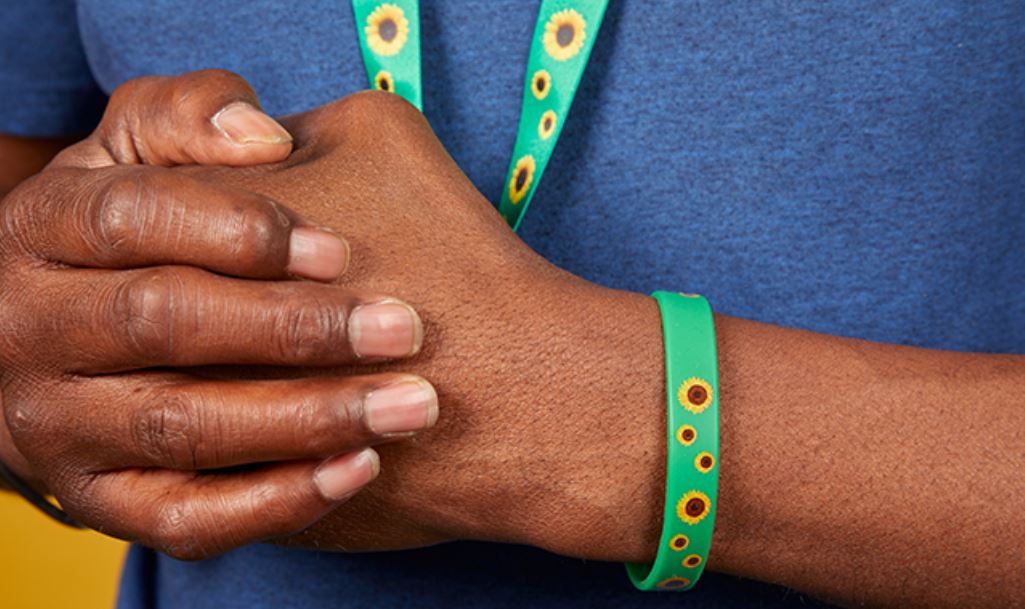Negotiating the numerous processes involved in air transport can be a stressful experience for even the most hardened of travelers.
It is especially difficult for those with disabilities, including invisible disorders that can limit or challenge a person’s movement, such as deafness or autism.
Unfortunately, the very fact that these symptoms are invisible can lead to misunderstandings, false perceptions, and judgments.
All aviation stakeholders are becoming more adept at assisting passengers with unique requirements. British Airways, for example, is testing a new video service that uses British Sign Language (BSL). Customers can contact the airline through SignLive’s Community Directory and get information relating to all aspects of their journey.
“Before the pandemic, almost half a million customers who required additional assistance flew with British Airways each year and we’re focused on supporting customers with both invisible and visible disabilities to make their journey easier and stress free,” says British Airways Head of Sustainability, Carrie Harris.
“In 2019, we invested in a new specialist accessibility team and as part of our broader focus on sustainability, diversity, and inclusion. We are proud to be working with SignLive to make it as easy as possible for our customers using British Sign Language to receive the support they need. We hope to roll this technology out permanently as part of our unique British Airways’ service.”
Those passengers that need additional help will also benefit from three new initiatives at Singapore’s Changi Airport Group (CAG). An airport guide, specialised training for staff, and lanyards for identification purposes all feature in an improved facilitation offering.
“Navigating unfamiliar places and procedures while catching a flight can be stressful, especially for passengers whose disabilities may not be immediately apparent,” says Damon Wong, Vice President of Passenger Experience, Ground Operations and Customer Service at CAG. “The initiatives aim to improve the overall travel experience for passengers with invisible disabilities and we hope it makes the airport a more comfortable and accessible place for them.”
Sunflower lanyard
The sunflower lanyard, which symbolizes a hidden disability, is quickly gaining traction. It is entirely optional, and users can share as little or as much personal information as they want. The aim is purely to give wearers the confidence to ask for help without being judged.
Seattle-Tacoma International Airport was the first to recognize it in the United States. Tampa, Charlotte Douglas, and Memphis International Airports are among the many other US airports that have followed suit.
London Heathrow was an early adopter of the lanyard and continues to improve its offering for passengers with hidden disabilities…



